Yamate
last update: August 12, 2021
Yamate (山手), often called
The Bluff in English, is a hilly area east of the Nakamura River and
Chinatown, where "Westerners" once lived. When the port of Yokohama opened for foreign trade in 1959, foreigners were only allowed to settle in the
Yamashita area. Since 1867, given the ever increasing number of foreigners, the government allowed them to move to Yamate. From then on, more and more wealthy Westerners settled on this hill, building houses, churches, schools, and even some consulates, all with a European architectural style. Walking through the streets of Yamate is a journey through time and space: in a moment you will be catapulted from contemporary Japan to Europe of the early twentieth century.
Things to do and things to see in Yamate
Yamate is a neighborhood with a very particular atmosphere almost unique in Japan, since it doesn't seem to be in Japan. Although no longer inhabited exclusively by foreigners, the neighborhood still maintains its reputation as an exclusive residential neighborhood, and on its narrow streets you can find sought-after cafes and small art galleries. Most of the surviving buildings are now located in different parks: the
Italian Garden,
Yamate Park,
Motomachi Park,
Harbor View Park and the
Yokohama Foreign General Cemetery. At the foot of the hill there is also an elegant shopping street, with refined high fashion shops, which takes the name of
Motomachi Shopping Street. In an area a little further away, there is one of the largest parks in the city, the
Negishi Forest Park.
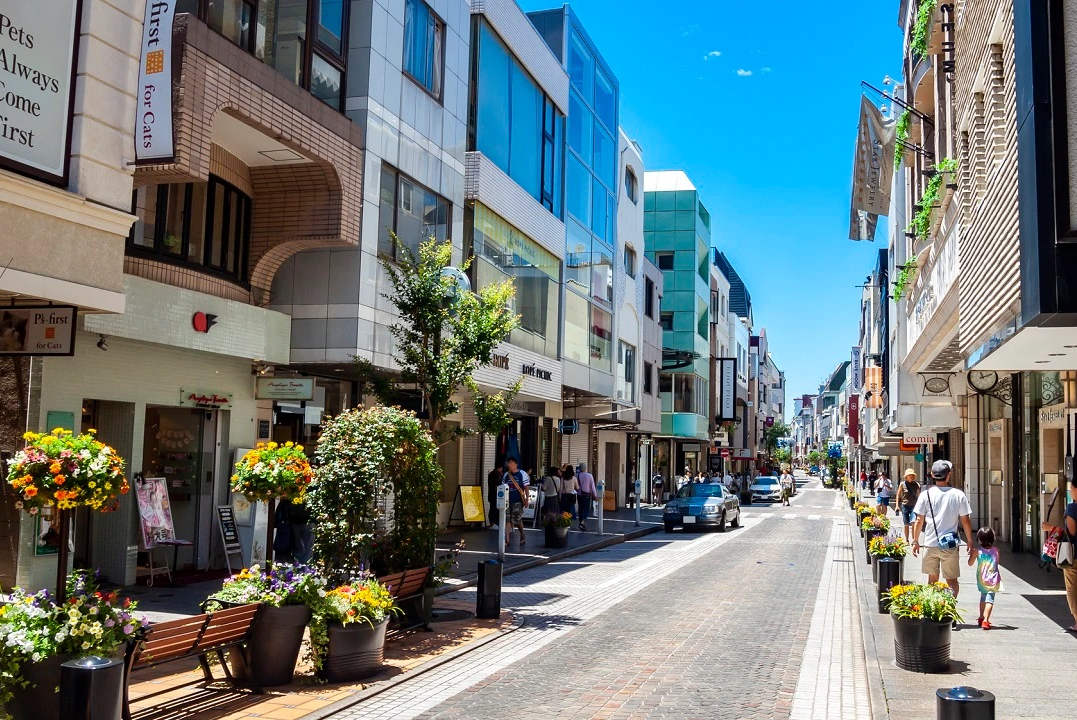
Motomachi Shopping Stret
An elegant shopping street, about 600 meters long, whose entrances on both sides are marked by a large arch with a sculpture in the shape of a phoenix. Along this street you will find several shops of famous foreign brands, trendy restaurants and cafes.
 the phoenix at the entrance of Motomachi Dori
the phoenix at the entrance of Motomachi Dori
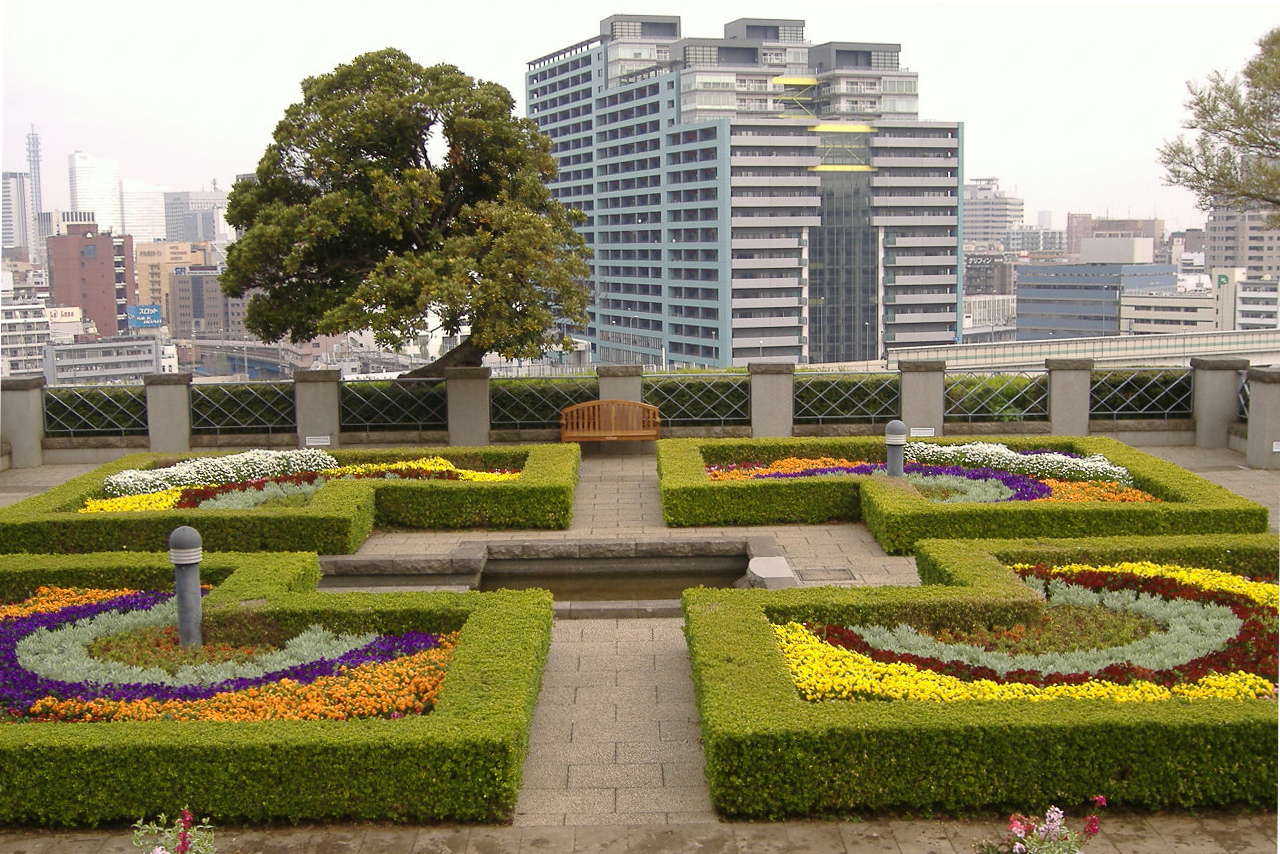
Italian Garden
The Italian Garden takes its name from the fact that the Italian consulate was located here during the Meiji period. It is a small, well-kept park, with a fountain and several Italian-style flower beds, from which you can also enjoy a beautiful view of the city, given its hilly position. Near this park there are two historic buildings, the Home of a Diplomat and the Bluff 18.
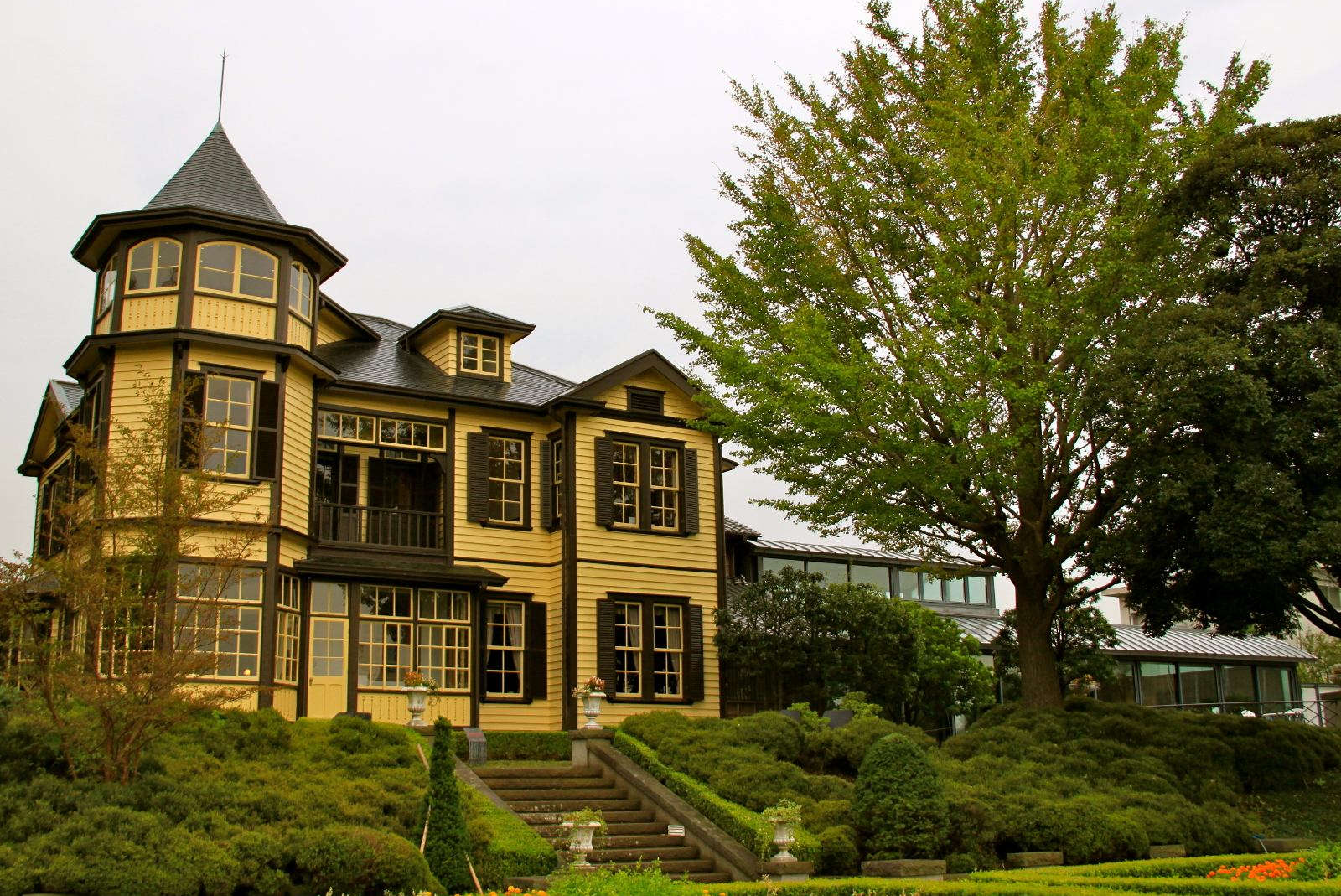
The Home of a Diplomat
The building was the residence of Uchida Sadatsuchi, a diplomat from the Meiji government who held various important positions, including as ambassador of Japan to Turkey and Consul General in New York. The Victorian-style house was built to a design by the American architect James Gardiner and is now located next to the Italian Garden of Yamate. Next to the house there is a cafe (Bluff Garden Café).

Bluff 18
This building was originally built after the Great Kanto Earthquake, as the residence of an Australian merchant. After the war it became the property of the Catholic diocese of Yokohama and was used as the priest's residence until 1991. In that year the building was dismantled from its previous position and moved to where it is now, in front of the Italian Garden of Yamate.
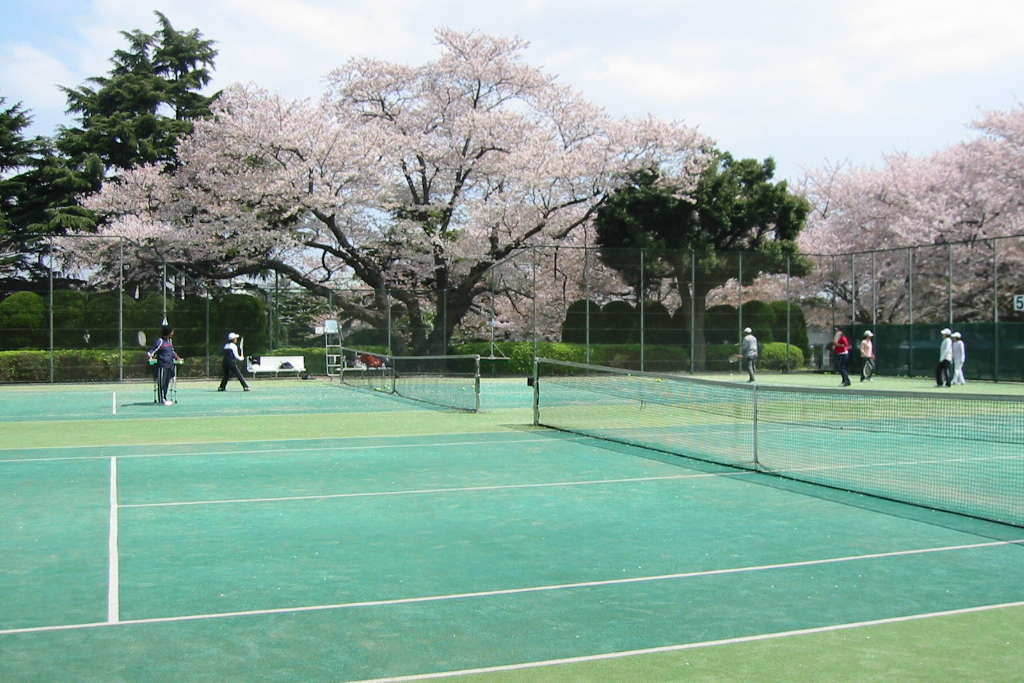
Yamate Park
This small park is known as the birthplace of tennis in Japan, as the first nationwide match was played here. Inside the park you will find several historic western-style buildings, one of which houses a tennis museum. Today there are also 12 tennis courts, partly public and partly owned by the Yokohama International Tennis Community (YITC).

Museum of Tennis
(free admission, opening hours 10-17)
The museum explains the history of tennis in Japan and exhibits vintage equipment and clothing dating back to the late nineteenth century.
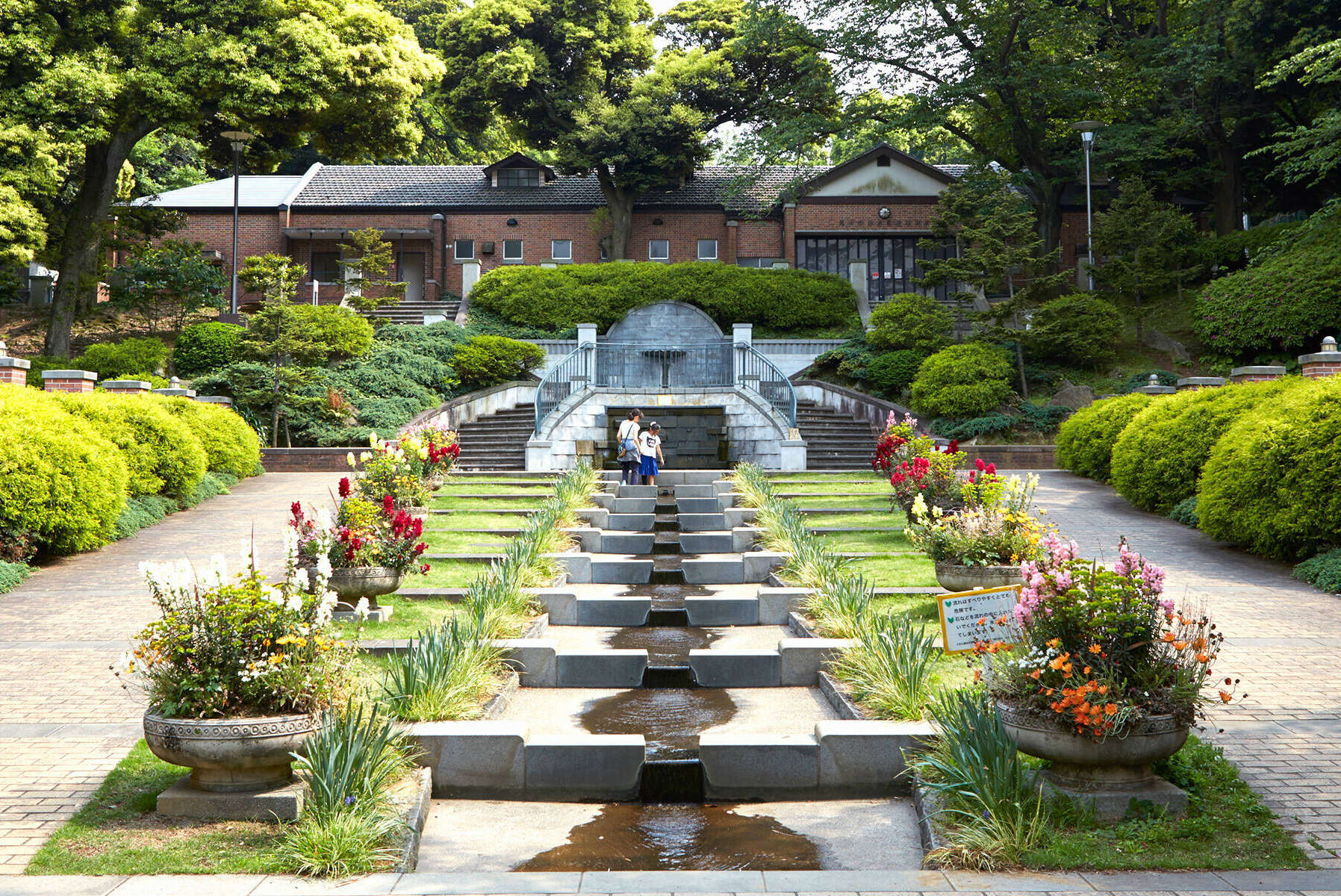
Motomachi Park
This park is located next to the Yokohama Foreign General Cemetery. Inside there is a public swimming pool (open in the summer months) and around 80 cherry trees that bloom in spring. In and around the park there are also numerous historic buildings: the ruins of the water system of the French businessman Alfred Gerard, the Ehrismann Residence, the Berrick Hall, the Enokitei teahouse and the Bluff 234. A short distance from this park you will finally find some very curious places, the Yokohama Cat Museum, the Yokohama Museum of Tin Toys and a very small art gallery (Merry Art Gallery).
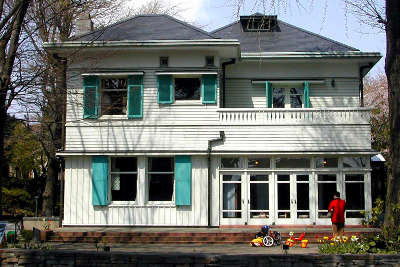
Ehrismann Residence
A building built in 1926 by the Czech architect Antonin Raymond, considered one of the fathers of modern architecture in Japan. It was the residence of the Swiss businessman Fritz Ehrismann. The house has a dining room, a sitting room with fireplace, bedrooms and a veranda, and was rebuilt in its present position within Motomachi Park in 1990. Inside there is also a small café (Shoyu Cafe).

Berrick Hall
Yamate's largest western-style mansion, built in 1930 for British merchant B.R. Berrick. The architecture has a Spanish style designed by the American architect J.H. Morgan, the same one who designed the neighborhood's No.111 Bluff.

Bluff 234
This building was built as a condominium for foreigners in 1927, as part of the reconstruction projects after the great Kanto earthquake of 1923. The two-story building contains four apartments of identical floor plan and was designed by Yoshizo Asaka, the same of the adjacent Bluff 89-6 (currently "Enokitei").

Enokitei (Bluff 89-6)
A very popular tea room in Yamate, where tea is served in elegant porcelain sets and the menu includes many delicious cakes.
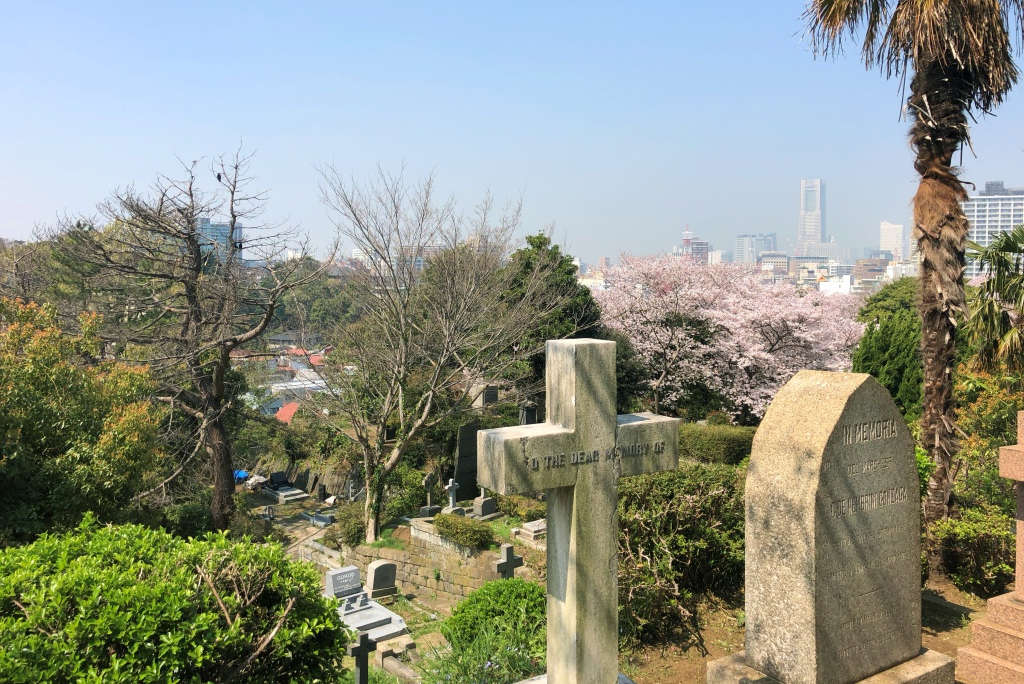
Yokohama Foreign General Cemetery
(opening hours 12-16 only on weekends, closed in January and August)
The Yokohama Foreigners Cemetery dates back to 1854, when Commodore Perry arrived in Japan with a squadron of seven warships to negotiate the country's opening up to foreign trade. To bury one of his sailors who fell and died during the voyage, Perry requested a piece of land overlooking the harbor, and it was granted. A few months later, a couple of Russian sailors were also buried here. A few years later, in 1861, this place was officially designated as a cemetery for foreigners and today there are about 4200 graves. There is also a small museum at the entrance to the cemetery. It is possible to visit the cemetery on opening days through a free donation (we suggest at least 200¥).
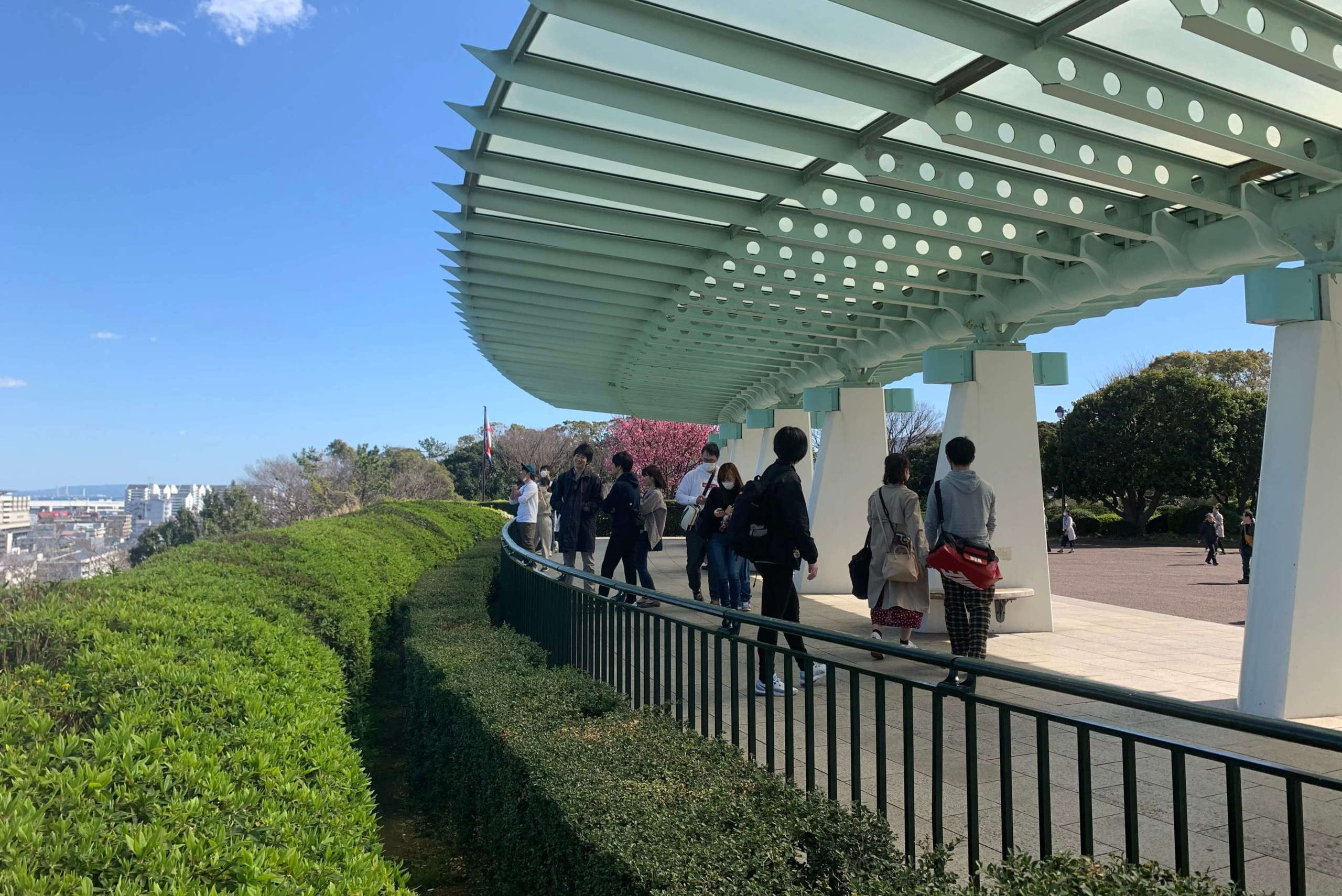
Harbor View Park
A large park on a hill opposite the city port and near Yamashita Park. This place is steeped in history. The northern part of the park was once the base of a garrison by the French army that went there to protect their citizens who settled in Yokohama and later the seat of the French consulate. Today this part of the park is called France hill (France yama) and there are still the ruins of the old consulate destroyed by a fire. The English troops stationed, for the same reason as the French, in the southern part of the park, where the so-called British House still stands today, used since 1937 as a residence by the British consul. From 1945 the area was occupied by the allied forces and, after being returned to the city, a large public park was established there in 1971. Inside the Harbor View Park there is a rose garden, a large fountain, the British House, the Bluff 111, the Osaragi Jiro Memorial Hall and the Kanagawa Museum of Modern Literature.
The park also has a very popular vantage point overlooking the harbor and, in the distance, Minato Mirai and the Yokohama Bay Bridge.

 the sunset view from Harbor View Park
the sunset view from Harbor View Park
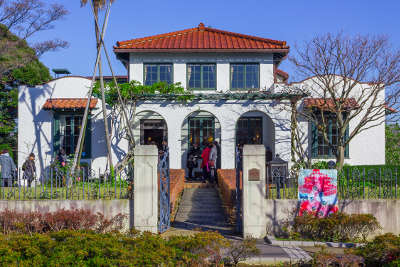
Bluff 111
This Spanish-style house was built in 1926 by the American architect J.H. Morgan, as a residence for an American citizen. It is located on a hill in today's Harbor View Park. Inside is a café called Rose Garden Enokitei, famous for its rose-scented ice cream.
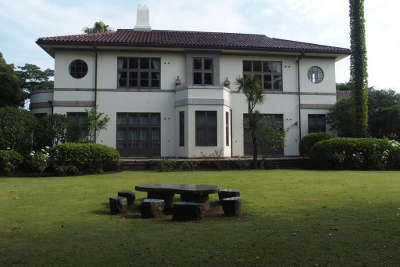
British House
This building, built in 1937, was once the residence of the British Consul General. It is located on the corner of the rose garden within Harbor View Park. The hall on the first floor is sometimes used to host small concerts.

Negishi Forest Park
(opening hours 9:30-17:00, closed on monday)
Western-style horse racing in Japan began in Yokohama in the second half of the 19th century. The first racecourse (Negishi racecourse) was completed in 1866 in the area of this park, and horse racing continued until 1942. Following the war, the area will first be transformed into a golf course, and finally in 1977 in a large public park. Even today you can see several details of the ancient racecourse, one above all the particular oval shape. Inside is the Equine Museum of Japan (admission 100¥, opening hours 11-16), which houses some exhibitions on history, folklore and sports related to horses in Japan. The museum's Pony Center allows children to closely observe different horses and ponies, and every third Sunday of the month even take a horse ride.
Churches
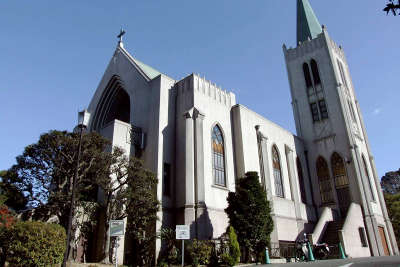
Sacred Heart Cathedral
This Catholic church was built in 1862, following the abolition of the ban on the practice of the Christian faith in Japan. Destroyed by the Great Kanto Earthquake of 1923, today's building was designed by Czech architect Jan Josef Švagr in a neo-Gothic style and was completed in 1933. The church is now the seat of the bishop of the Diocese of Yokohama and mass is celebrated here several days a week and in several languages.
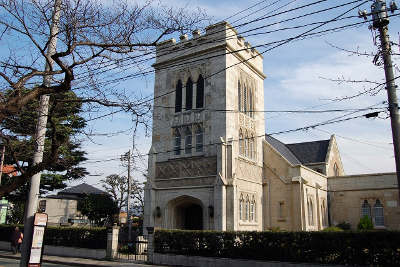
Christ Church
Christ Church is a historic Anglican church that traces its foundation to shortly after the formal opening of the port of Yokohama in 1859. The church building has been rebuilt on several occasions following fires, earthquakes and bombings. Christ Church has been in its current seat in Yamate since 1901 and is part of the Yokohama Diocese of Nippon Sei Ko Kai, the Japanese seat of the Anglican Church. The current building was designed by the American architect Jay Hill Morgan and dates back to 1931.
Where to stay in Yamate
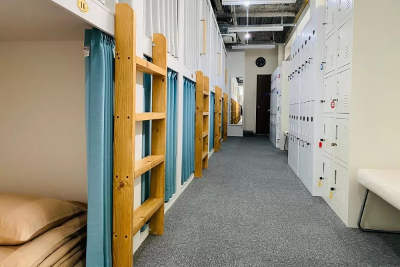 A recently opened hostel just along Motomachi Dori, the elegant shopping street at the foot of Yamate Hill, and within easy reach of Chinatown and Motomachi-Chukagai station. The hostel has a common room with floor-to-ceiling windows facing the street, personal lockers, and capsule hotel-style beds. Rates are a bit high for what they offer.
Price range: 4,000-4,500¥.
A recently opened hostel just along Motomachi Dori, the elegant shopping street at the foot of Yamate Hill, and within easy reach of Chinatown and Motomachi-Chukagai station. The hostel has a common room with floor-to-ceiling windows facing the street, personal lockers, and capsule hotel-style beds. Rates are a bit high for what they offer.
Price range: 4,000-4,500¥.
Eating in Yamate, cafes and restaurants
Many of the historic buildings mentioned on this page are home to delightful cafes where you can have tea, coffee, a sandwich or a slice of cake or other handmade sweets, often with outdoor tables in elegant gardens. In particular, you will find the
Enokitei tea house in front of Motomachi Park, the
Rose Garden Enoki-tei tea house inside the Bluff 111, the
Bluff Garden Cafe next to the Home of a Diplomat and the
Shoyu Cafe inside the Ehrismann Residence. In addition, we also recommend
Elena (another cafe), and the French restaurant
Yamate Jyubankan near the Foreign General Cemetery.
How to get to Yamate
Yamate is served by two stations,
Motomachi-Chūkagai (terminus of the
Minato Mirai line) to the northeast and
Ishikawacho (
JR Negishi line) to the north-west. Some places of interest are located closer to one, others to the other station, and still others are halfway between the two.
If you want to explore the whole district, we recommend starting from Ishikawacho station, which is located in a higher position near the Italian Garden, and then go down towards
Harbor View Park, visiting all the places of interest to you during the walk. By doing so you will avoid some uphill walking. Finally, you can return to Yokohama station or Minato Mirai using Motomachi-Chūkagai station, or continue on foot towards Yamashita Park.
Yamate station, also on the
JR Negishi line, serves the site of the former Negishi Forest Park Racecourse, that is the only place mentioned on this page that is not located in short distance from Motomachi-Chūkagai or Ishikawacho stations.
Map of Yamate, Yokohama
Guided tours, activities and other things to do
If you are planning a trip to Japan and you want to do something more than just visiting famous places and monuments, we suggest you to use
Rakuten Travel Experiences.
How to use Rakuten Travel Experiences
Rakuten Travel is a very useful website to
enrich your travel experience, especially if you are going solo or it's your first time in Japan.
Because of the language barrier (and more), in Japan it is very difficult to interact with the locals and to get off the tourist track.
Thanks to Rakuten Travel you can find a lot of interesting and sometimes unique
guided tours and activities all over Japan (and not only in Japan), that you would otherwise never be able to enjoy.
But there's more: on Rakuten Travel you can also
buy tickets for several famous attractions, events, transportation and other useful services for tourists. Last but not least, you can
reserve a table in hundreds of restaurants.
Some examples
Take a look at Rakuten Travel Experiences
You may also be interested in


















 A recently opened hostel just along Motomachi Dori, the elegant shopping street at the foot of Yamate Hill, and within easy reach of Chinatown and Motomachi-Chukagai station. The hostel has a common room with floor-to-ceiling windows facing the street, personal lockers, and capsule hotel-style beds. Rates are a bit high for what they offer.
Price range: 4,000-4,500¥.
A recently opened hostel just along Motomachi Dori, the elegant shopping street at the foot of Yamate Hill, and within easy reach of Chinatown and Motomachi-Chukagai station. The hostel has a common room with floor-to-ceiling windows facing the street, personal lockers, and capsule hotel-style beds. Rates are a bit high for what they offer.
Price range: 4,000-4,500¥.